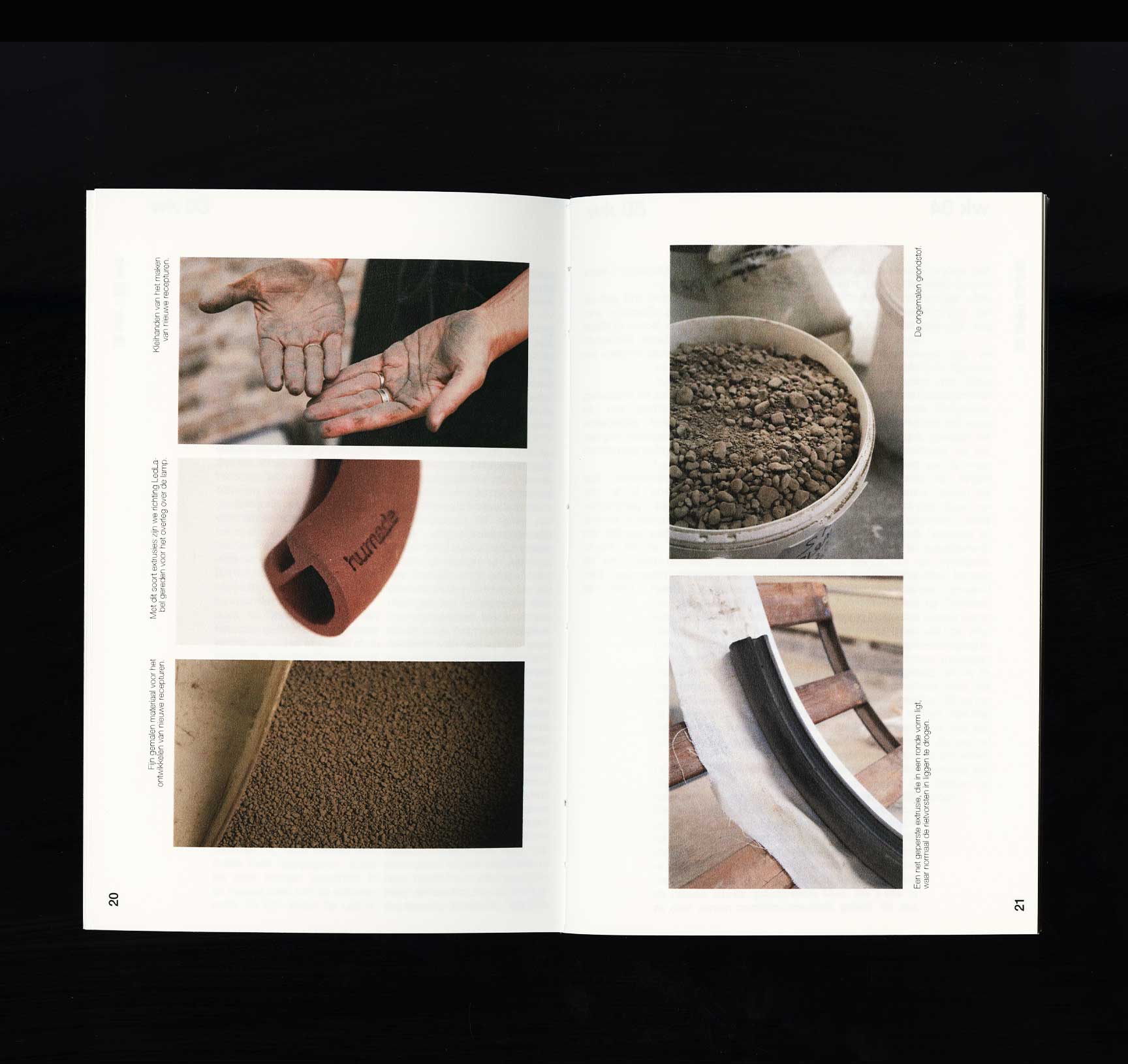This report is the outcome of my 4 month internship at designstudio Humade, comprised of Gieke van Lon and Lotte Dekker. During my internship, I got an insight in their process of using dredged Sea Silt, a local waste material, as a renewable resource for the ceramics industry. At the designers-in-residence Koninklijke Tichelaar I got the chance to experiment with different recipes and production techniques, to help them discover the possibilities of scaling the Linking Tiles project up, and making the ceramics industry more sustainable.
Juliët Nijland
The cover of the report is a lasered pattern inspired by the many experiments we did.

Juliët Nijland
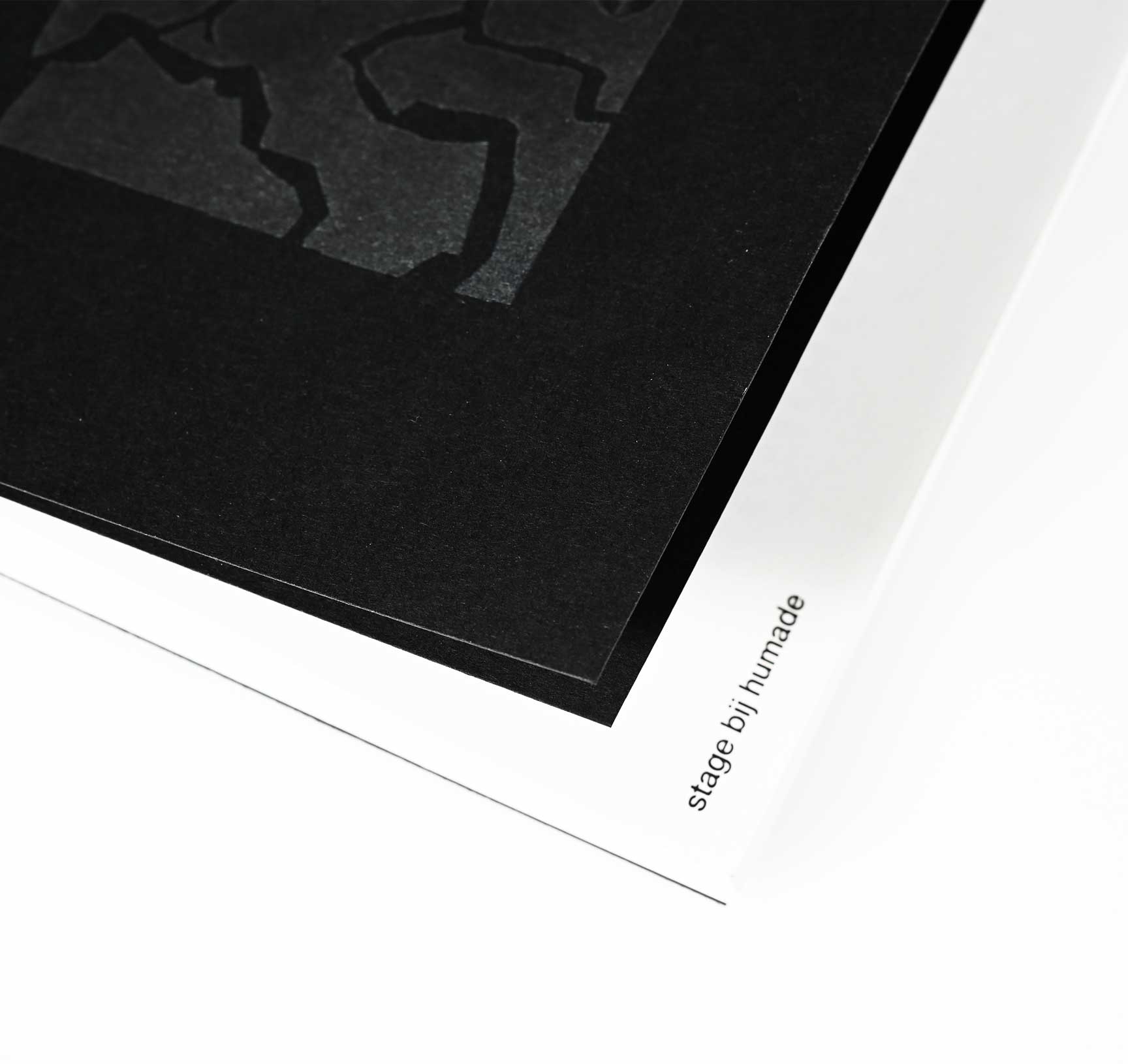
Juliët Nijland
The ceramic piece on the first picture is a handmade Linking Element, one of the first steps they took inside this process of researching Sea Silt.
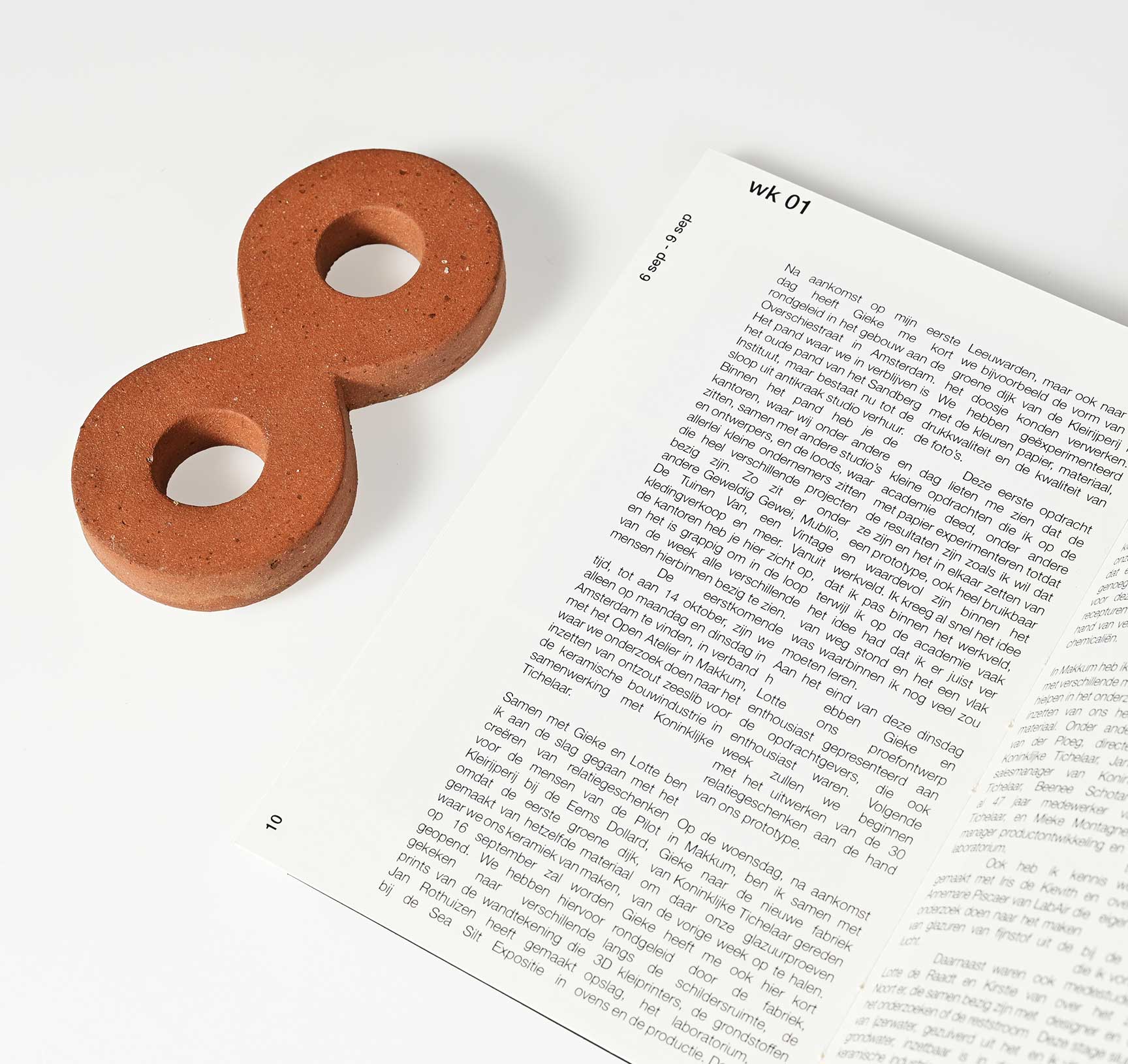
Juliët Nijland
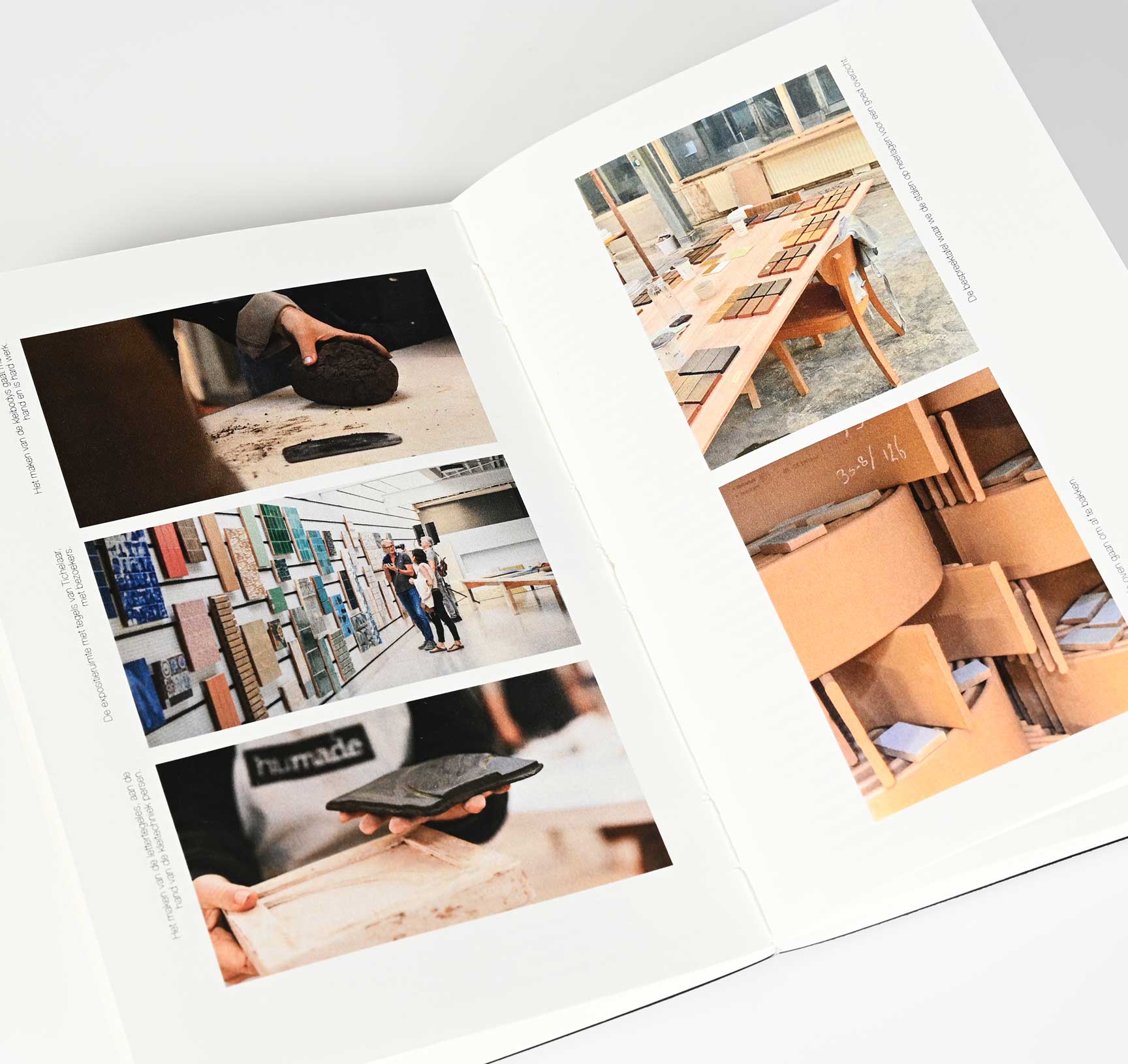
Juliët Nijland
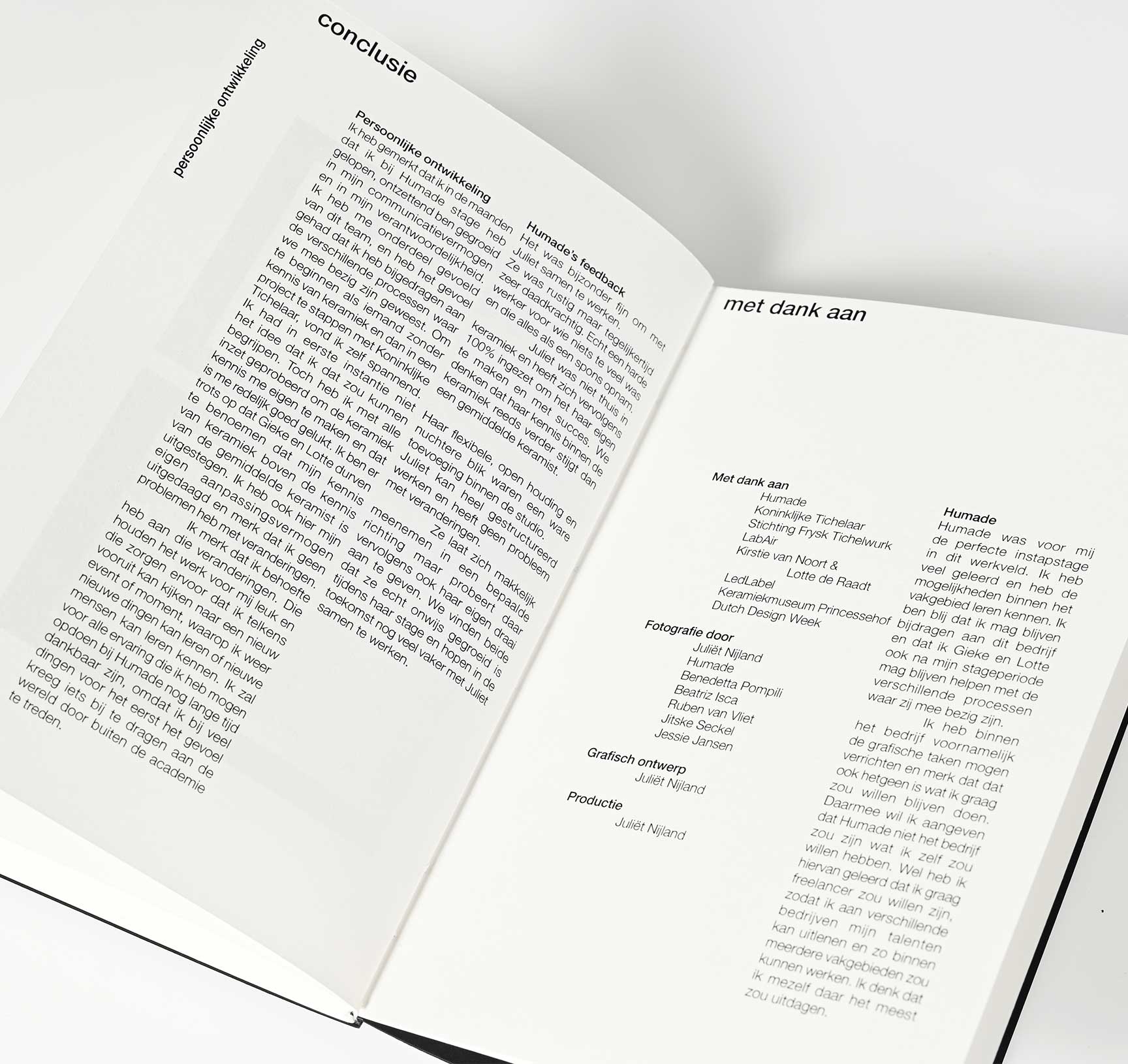
Juliët Nijland
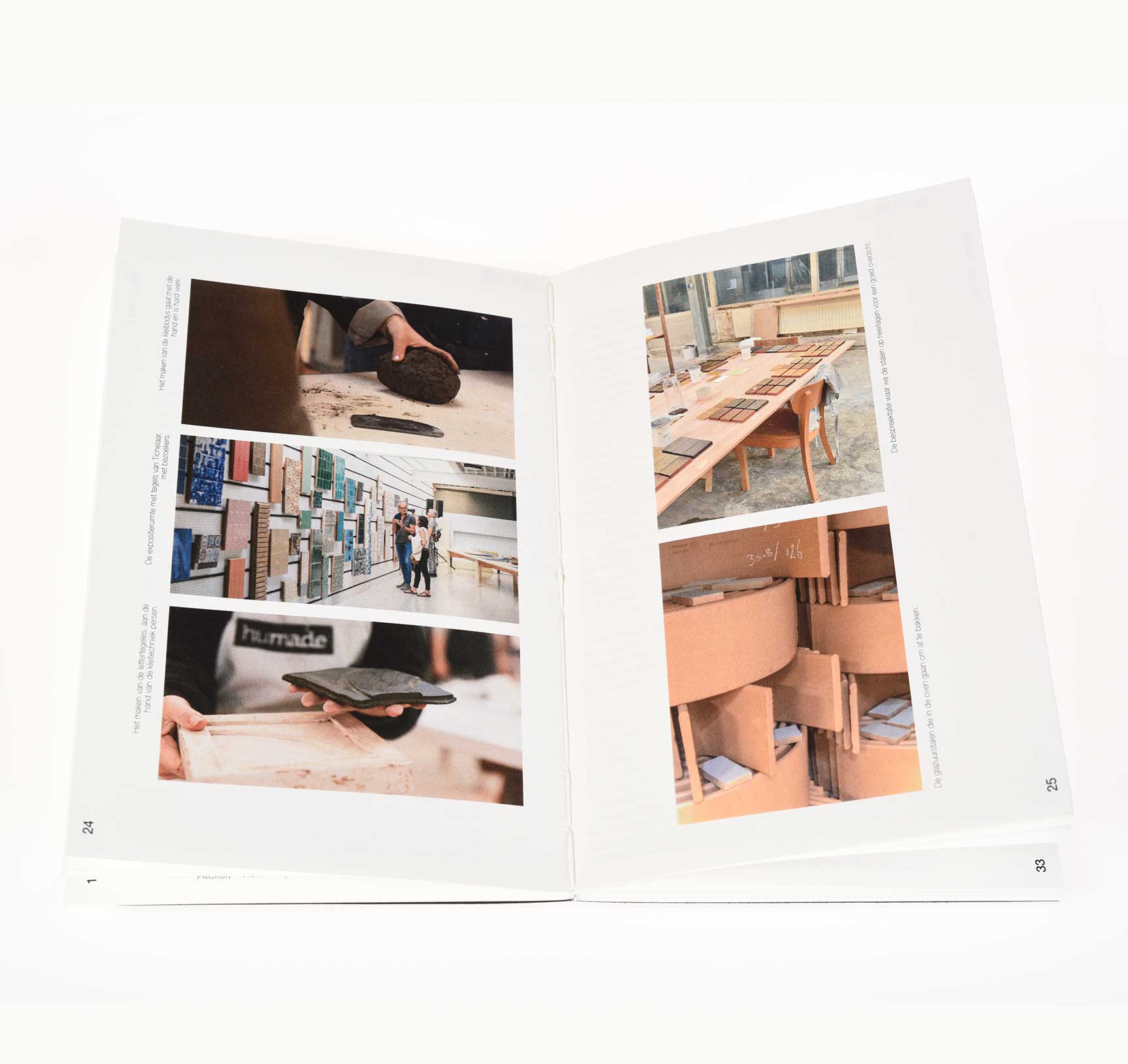
Juliët Nijland
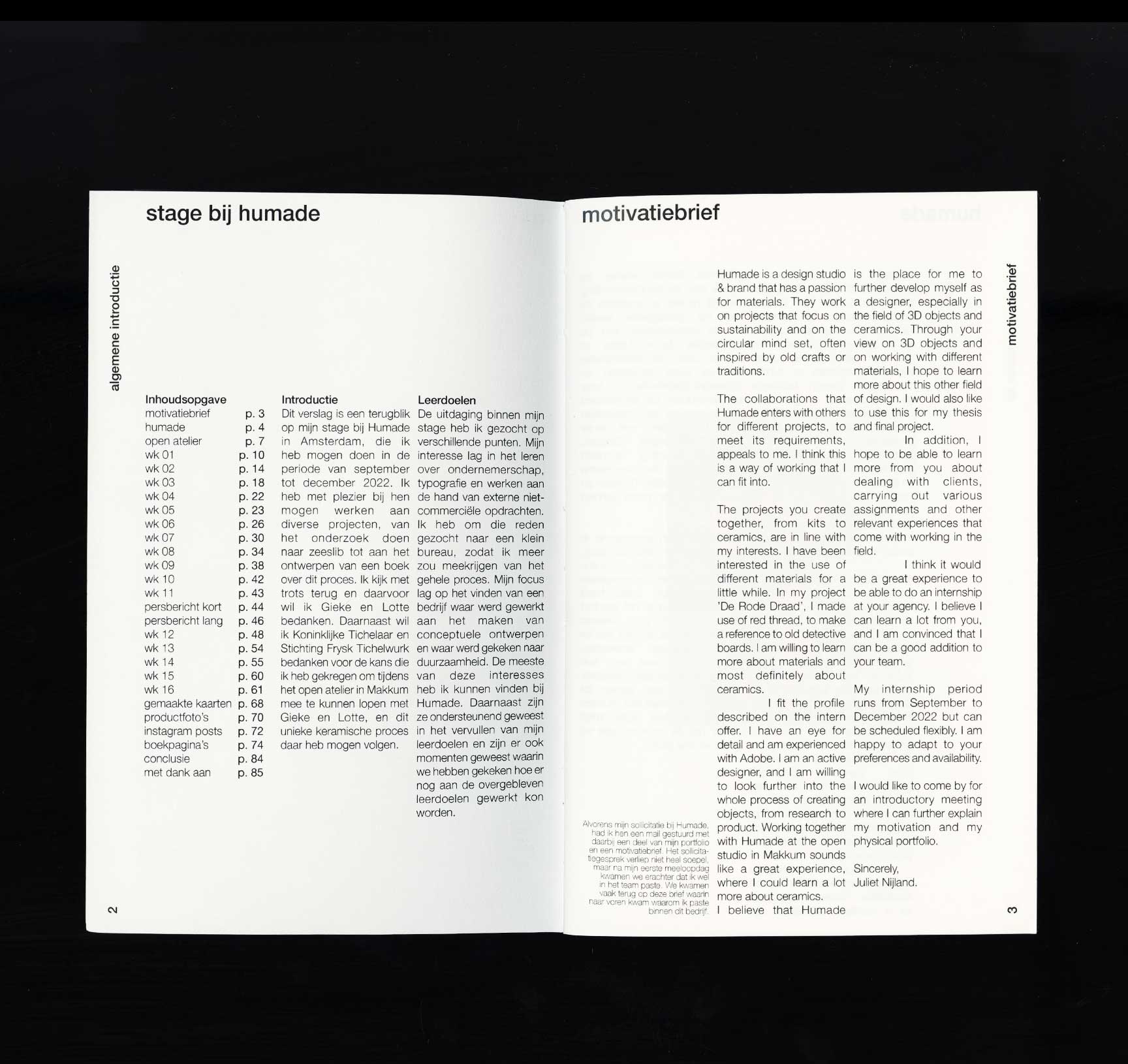
Juliët Nijland

Juliët Nijland
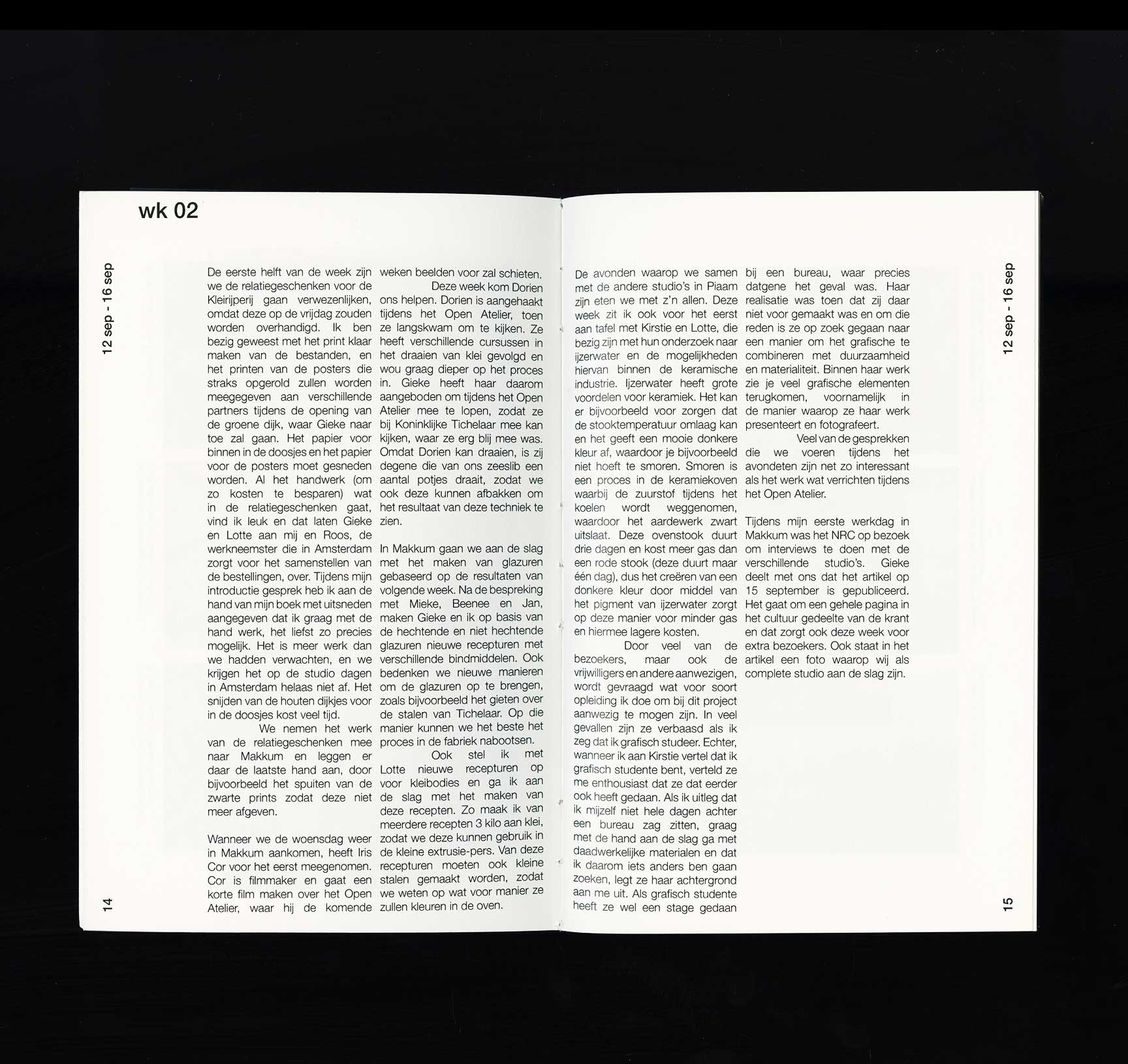
Juliët Nijland
